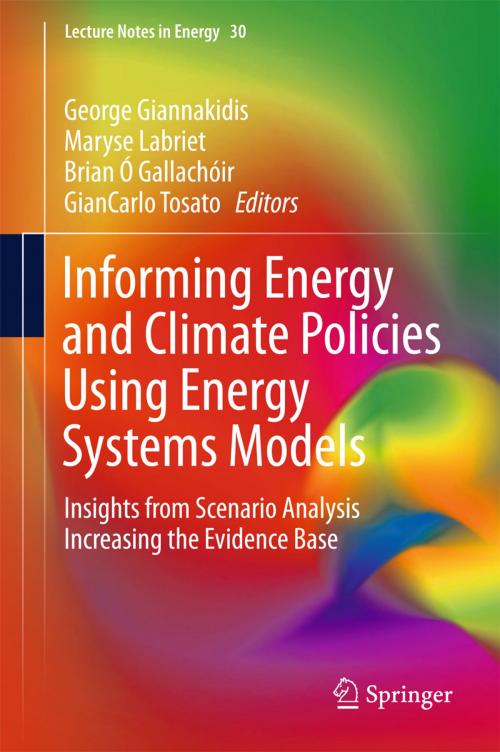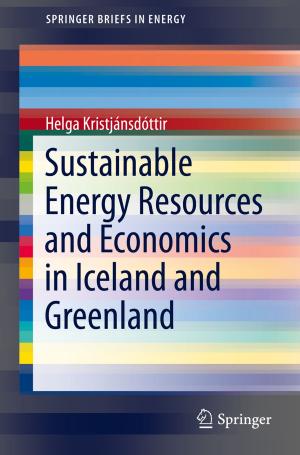Informing Energy and Climate Policies Using Energy Systems Models
Insights from Scenario Analysis Increasing the Evidence Base
Nonfiction, Science & Nature, Science, Earth Sciences, Business & Finance, Industries & Professions, Industries, Technology| Author: | ISBN: | 9783319165400 | |
| Publisher: | Springer International Publishing | Publication: | April 6, 2015 |
| Imprint: | Springer | Language: | English |
| Author: | |
| ISBN: | 9783319165400 |
| Publisher: | Springer International Publishing |
| Publication: | April 6, 2015 |
| Imprint: | Springer |
| Language: | English |
This book highlights how energy-system models are used to underpin and support energy and climate mitigation policy decisions at national, multi-country and global levels. It brings together, for the first time in one volume, a range of methodological approaches and case studies of good modeling practice on a national and international scale from the IEA-ETSAP energy technology initiative. It provides insights for the reader into the rich and varied applications of energy-system models and the underlying methodologies and policy questions they can address. The book demonstrates how these models are used to answer complex policy questions, including those relating to energy security, climate change mitigation and the optimal allocation of energy resources. It will appeal to energy engineers and technology specialists looking for a rationale for innovation in the field of energy technologies and insights into their evolving costs and benefits. Energy economists will gain an understanding of the key future role of energy technologies and policy makers will learn how energy-system modeling teams can provide unique perspectives on national energy and environment challenges. The book is carefully structured into three parts which focus on i) policy decisions that have been underpinned by energy-system models, ii) specific aspects of supply and end-use sector modeling, including technology learning and behavior and iii) how additional insights can be gained from linking energy-system models with other models. The chapters elucidate key methodological features backed up with concrete applications. The book demonstrates the high degree of flexibility of the modeling tools used to represent extremely different energy systems, from national to global levels.
This book highlights how energy-system models are used to underpin and support energy and climate mitigation policy decisions at national, multi-country and global levels. It brings together, for the first time in one volume, a range of methodological approaches and case studies of good modeling practice on a national and international scale from the IEA-ETSAP energy technology initiative. It provides insights for the reader into the rich and varied applications of energy-system models and the underlying methodologies and policy questions they can address. The book demonstrates how these models are used to answer complex policy questions, including those relating to energy security, climate change mitigation and the optimal allocation of energy resources. It will appeal to energy engineers and technology specialists looking for a rationale for innovation in the field of energy technologies and insights into their evolving costs and benefits. Energy economists will gain an understanding of the key future role of energy technologies and policy makers will learn how energy-system modeling teams can provide unique perspectives on national energy and environment challenges. The book is carefully structured into three parts which focus on i) policy decisions that have been underpinned by energy-system models, ii) specific aspects of supply and end-use sector modeling, including technology learning and behavior and iii) how additional insights can be gained from linking energy-system models with other models. The chapters elucidate key methodological features backed up with concrete applications. The book demonstrates the high degree of flexibility of the modeling tools used to represent extremely different energy systems, from national to global levels.















